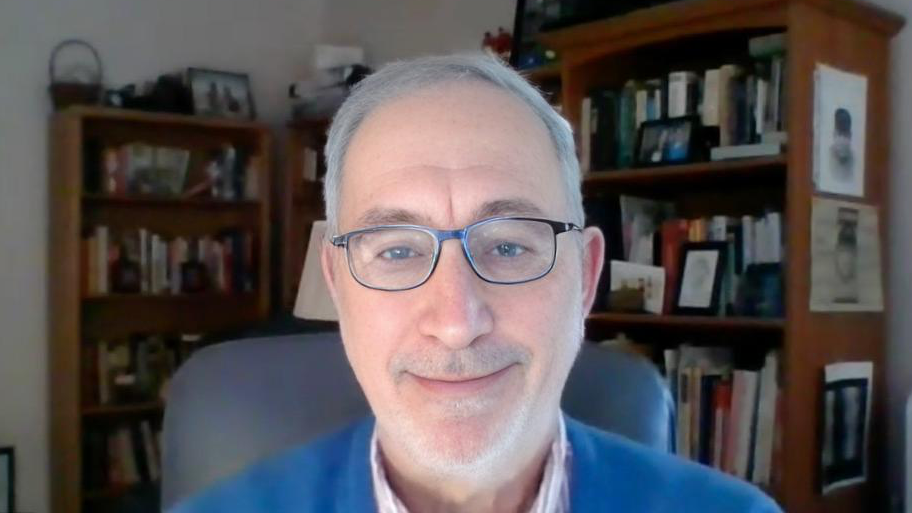The economist and technologist talks to Michael E. Hartmann about the potential implications of decentralized autonomous organizations for philanthropy in contexts beyond the arts, including higher education, and whether they will complement or substitute for the many intermediaries in the existing grantmaking structure.
Christos A. Makridis is co-founder and chief technology officer of Living Opera, which is working to bring the benefits of blockchain technologies to classical music. He wrote last month about Living Opera for an interesting City Journal article, “Transforming Arts Philanthropy.” The piece describes how blockchain can cut out institutional middlemen and directly connect philanthropists and artists, including through decentralized autonomous organizations (DAOs). The Living Opera co-founders are now creating the Living Arts DAO.
“DAOs, like other blockchain technologies, cannot replace good judgment, the right people, and good ideas. But they have the potential to promote better governance, return on investment, and flourishing in the arts profession by increasing transparency and accountability,” according to Makridis in the article. “My hope is that the Living Arts DAO functions as an early pilot for a new approach within the world of arts philanthropy that leads to transformational outcomes for artists, philanthropists, and society at large.”
The creative, ambitiously forward-looking, and entrepreneurial Makridis was kind enough to join me for a conversation last week. The just less than 14-minute video below contains parts of the second of two parts of our discussion; the first is here . In the first part, we talk about blockchain technology, decentralized autonomous organizations, and what the nonprofit Living Arts DAO might be able to do for arts philanthropy.
In the second part, we discuss the potential implications of DAOs for philanthropy in contexts beyond the arts—including higher education, among others—and whether they will complement or substitute for the many intermediaries in the existing grantmaking structure. These might include foundation program staffs and advisors, nonprofits’ fundraising staffs and consultants, and under certain circumstances, those with a stake in ensuring that employment terms are collectively bargained.
Makridis and Hartmann
“There’s a very open question in the empirical literature—that I actively contribute to, do research on, and publish on—about the complementarity versus the substitutability of new technological innovations,” Makridis tells me. DAOs, he thinks, “will enhance the capabilities of many people already in philanthropy and allow individuals to outsource tasks … that they didn’t love doing.
“There are technological improvements that over the course of 50 years do end up changing jobs, but that’s not necessarily immediate,” he continues. “We do believe that this this technology will augment … and improve the lives of many people in the philanthropy space, rather than putting people out of work.”
Having said that, Makridis says, with the Living Arts DAO, “we are, as you said, trying to really put the value back to the artist, because it is true that there are many big institutions that have extracted rents from the system for a very long time and that has put artists at a disadvantage.”
He later adds,
I think that there’s broad appeal for using technology to make the process more efficient, and to automate away things that have just been kind of like a nuisance for an individual to deal with and just to create more transparency and more trust in the underlying institution. So I think there’s a complementary story to go on here.
And he concludes: “This is a general-purpose technology that applies across sectors” and “it’s poised to create a lot of innovation in the years ahead.”


